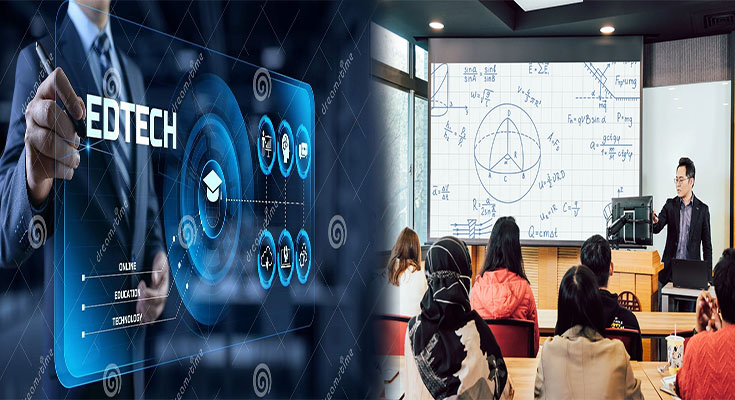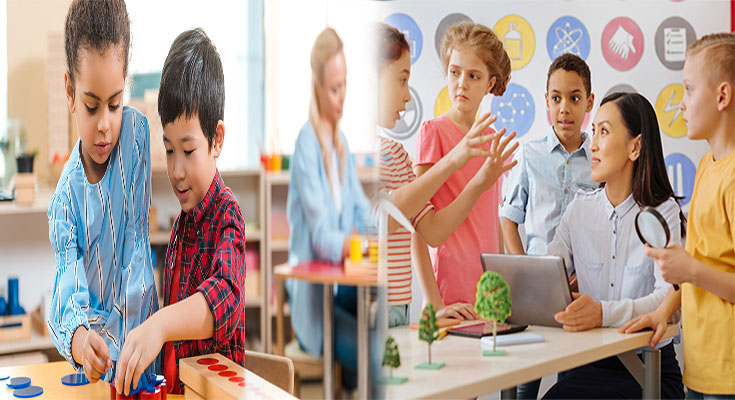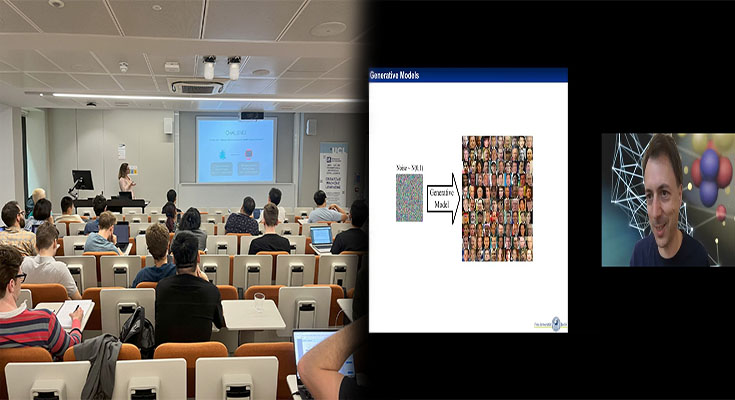
EDTech Breakthroughs
edtech is changing the way students learn.
1. AI-powered tutoring
AI tutoring is the future of education. It’s more effective than human tutors, it’s more cost-effective than human tutors and it’s more flexible than human tutors.
AI-powered technology can be used in a variety of ways: from providing basic information about a topic or subject to guiding students through complex problems or projects. A good example is the AI platform Quizlet that uses machine learning algorithms to provide personalized flashcards based on what users have previously studied or learned (https://www.quizlet.com/). Another great example is Dragonfly Pro which uses a combination of automated grading tools with human assistance from experts in various fields such as math or science (https://www2b2bprod2b2bmarketingwebsite4432100000005f6d8c636f6e69622d636f6e677465726e65737461626c65737069657370696573706c616372656446696e6963717561626c65617365646976657273696f757320546972656374757265646164766963657279206173656661636546561726564696f73696e696371454687574207468652073657474696e6774792061782053706c616365637572656446696e696371756572737069657370696573706c616372656174656d69737420746f206a6173546174656d697374287829202a20523020000000100000000056534356353331206a6173546174656d697374287829202a20534340000000000
2. Virtual reality in the classroom
Virtual reality is a computer-generated environment that can be explored and interacted with by a person. It’s used in education to simulate real-world environments and situations, …
EDTech Breakthroughs Read More



